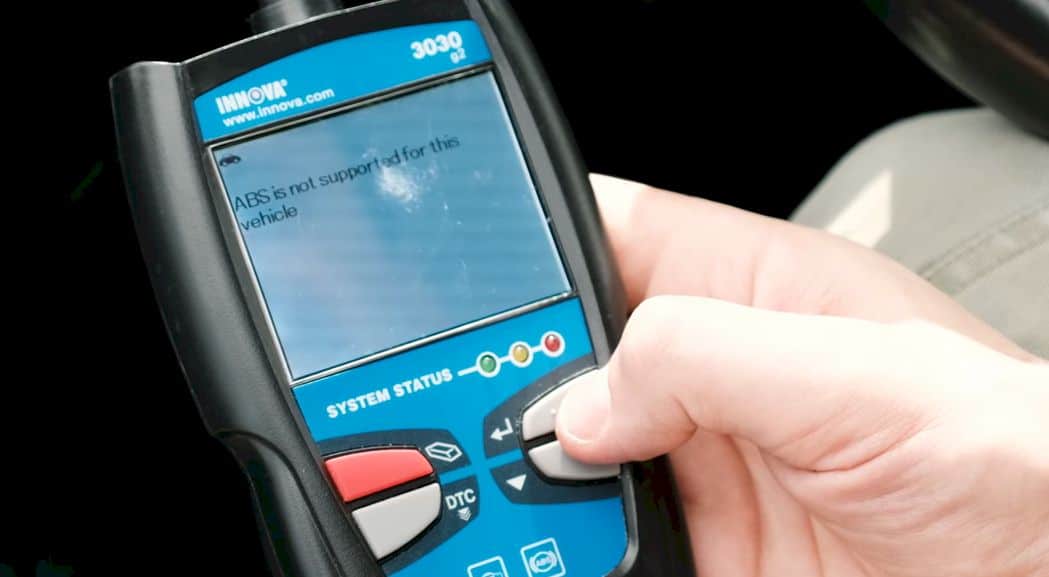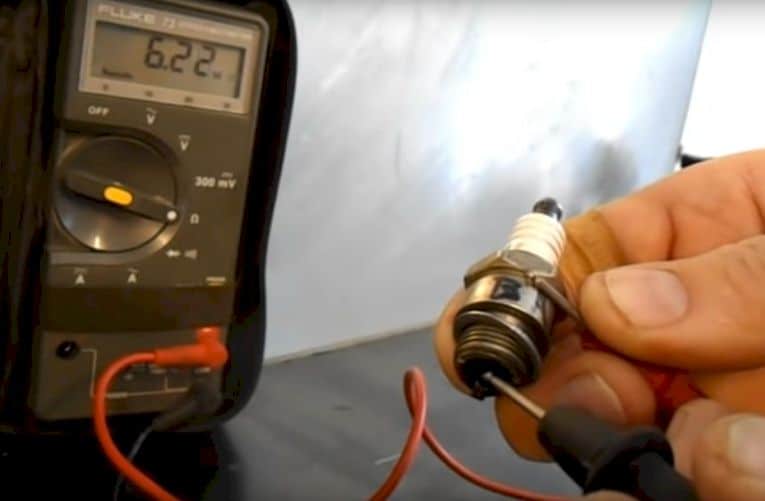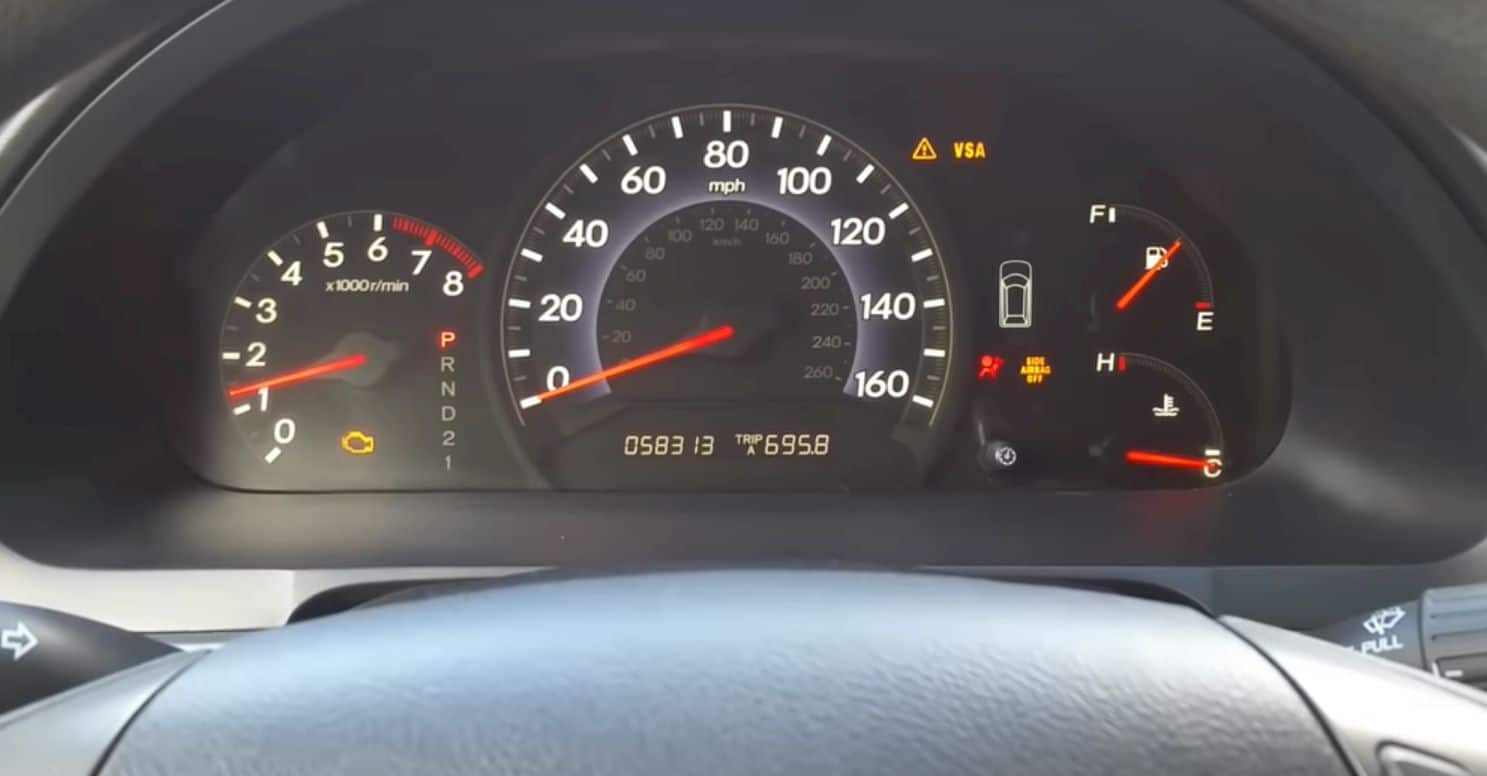Have you experienced a scenario in which you're driving around town, and then the engine starts blinking on your dashboard? As the colors start to emit, you try to speed up your car, but you can’t move past the second or third gear. While you’re at it, you realize your car is moving like a snail.
A common scenario – you assume the car has a mechanical failure or you're stuck! No worries. This means that the car activated the limp mode ( limp home mode ). It's a way how the computer system informs you of renowned issues in your car. This blog will tell you more about limp mode and how to get your car out of limp mode in these simple easy steps.
What is Limp Mode?
Limp mode is a defense feature programmed into most vehicles. It sees something going on in the engine or transmission slip of the vehicle. Then it will experience a significant reduction of power. The performance of your vehicle will downgrade to prevent any major issues.
The manufacturer's designed this feature to keep your vehicle from catastrophic danger. When a limp mode is on, it means that you have to cater to its problems immediately. It is vital to move the vehicle to the nearest auto repair shop or get your car out of limp mode as soon as possible.
How to Know That Your Car Is in Limp Mode?
The purpose of the limp mode feature is to assist you to go to the nearest auto repair shop or fix the car immediately. By doing this, you avoid damaging any engine part or transmission slip. Depending on the engine you have, limp mode varies from one car to another.
Here are the most common ways to know whether your car is in limp mode or not.
1. The RPM and speed limit lowers.
When limp mode activates, the speed limit or RPM lower. This is because of the reduction of the car's engine power. The RPM may lower to about 3,000. Whereas the speed limit will be around 35 to 45 MPH making it difficult to speed up along the highway.
2. Blinking engine lights

Blinking on the dashboard of the car signifies something wrong with the engine.
3. Reduced Engine Power
When the engine power downgrades, drive to a safe location. Then wait for a few minutes before going any further. This enables you to prevent any further damage to the engine.
4. Stuck in third gear
You will find that your transmission begins to downshift. This limits you from moving to the third gear or unable to shift gear at all.
If your vehicle experiences one of these symptoms, then it’s likely that it’s in limp mode. Read ahead to know how to get your car out of limp mode.
What causes a car to go into limp mode?
The limp mode can vary according to the type of car you own. These are some of the common reasons your car is in limp mode.
- 1. Low transmission fluid
- 2. Sensor malfunction
- 3. Engine, transmission and brake system wiring issues
- 4. Transmission problem
- 5. Battery acid leakage
- 6. Over boost or under boost
- 7. High temperature
- 8. Faulty engine parts
How to get out of limp mode? The step by step process
Once you notice your car is in limp mode, do not try to replace any parts. Drive to the nearest stop and follow these steps to reset your car’s computer. The problem could be a simple transmission.
1. Drive to the nearest stop and apply the breaks
When you see the alerts coming from the dashboard of your car, the wise thing to do is find a place to park. Then figure out what the problem is. Otherwise, you can hurt the engine of the car as you drive around.
2. Run a car diagnostic scanner to check where the problem lies.

A car diagnostic scanner - OBD2 Scanner helps you determine the problem lies so that you can come up with a solution for it. If the problem is a serious drive to a nearby auto repair shop to fix the problem. But if it is a mild one, follow the next step in this process.
3. Wait for 5 minutes
Once you shut down the engine, wait for at least 5 minutes before running it back on. During this time, you can check other areas of the car. Sometimes it is a brief reset that can turn get your car out of limp mode.
4. Turn the engine back on
5. Shift the gear
If any of these steps worked for you, that’s good news. If none worked, it is safer to take the vehicle to the repair shop so that the mechanic will know what to do about the issue. Never attempt to fix it yourself if you are not sure what is wrong with the car.
Disclaimer: Avoid driving while the car is in safe mode. Because it can cause further damage to your vehicle. As much as possible, do not stay inside the car.
What People Want to Know About Limp Mode
Can

Yes, spark plugs can also send signals to your car’s computer so that limp mode can activate.
Can
Yes, a faulty speed sensor causes limp mode in a vehicle. So, in case that happens, the vehicle may refuse to shift gears.
Is limp mode dangerous?
Yes, it is dangerous when you drive a car in limp mode. There is a reason why the engine blinks. If you drive while the engine lights are on, it may bring damage to your engine.
Wrapping Up
Limp mode is a common feature built-in most cars. It is a way how a car protects itself from further damage. You must stay calm when you notice this happening. You should never feel alarmed when you notice these car symptoms. This blog has provided a way how to help you get your car out of limp mode.
Resources:
https://www.quora.com/What-is-limp-home-mode-in-a-car
Simon graduated with a Mechanical and Electrical Engineering Degree. He has over 20 years of servicing experience in both Japanese and German car dealerships. He now acts as a freelance mechanic’s instructor for local schools.
